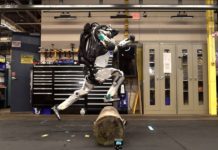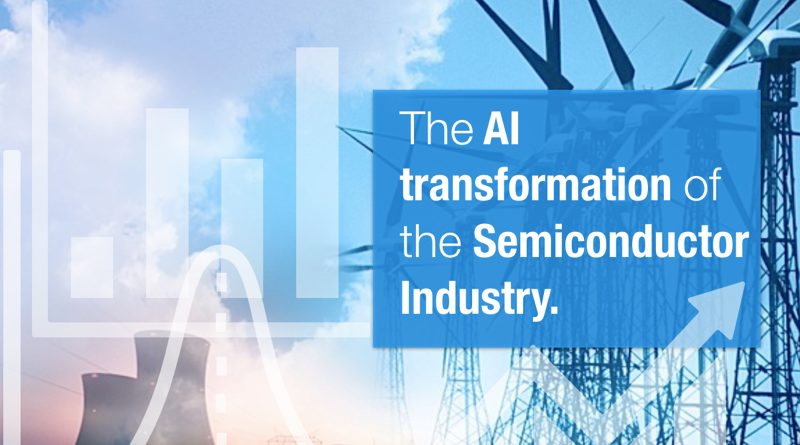An good market forecast and study from engagement group.
The overall market change.
What should have been the expected end of the current semiconductor cycle has transformed into a more complex market dynamic that has been experienced earlier. Since the beginning of the current cycle, most semiconductor product groups have generated significantly more revenue in growing end markets but a few have been on fire. We are now at a point where some product groups have stopped growing signalling an end to the cycle but one product group, in particular, has more fuel.
Two markets, in particular, has fuelled this growth cycle:
- The consumer market is driven by the semiconductor content growth in smartphones and the booming Chinese demand for cheaper local products.
- The computing market consisting of a mature PC market, a declining enterprise market and a data center cloud market on steroids.

From a product perspective, both markets have had a hunger for more memory, creating shortages and increased pricing. The memory market has generated more than double the revenue it did at the beginning of the current semiconductor growth cycle.

This development has favoured the large memory producers and forced Intel to abdicate the semiconductor throne to Samsung in Q2-17. Intel and Samsung combined are generating close to the same revenue as all the semiconductor companies outside the top 10 list.

The strategic rise of Semiconductor Memory Products.
A deeper dive into the market share data reveals how memories have overtaken processing products as the largest category dwarfed all other product categories.

Of the underlying product categories, only the main memory product groups, DRAM and NAND flash are gaining share, all other product groups are down.

The current DRAM boom is to a high degree driven by price increases. This is a result of the investment strategy of the main DRAM companies that all expected that NAND flash would be driving the next growth cycle in Smartphones and the Datacenter. The overinvestment in NAND flash and underinvestment in DRAM will take some time to correct. The market has not been able to get the DRAM needed and the response has been increased prices to a level where it is now limiting smartphone growth.

The Data Center is now dictating the semiconductor market
While the price of DRAM can suffocate Smartphone growth it can do little to limit the appetite of memory in the Datacenter. Amazon, Microsoft, Google, Apple and Facebook all invest heavily in data center infrastructure and with that – DRAM. The buying decision is a long-term investment decision and not consumer decisions as drove the memory markets in the early days. Amazon is not going to say no to an AWS customer because of high DRAM pricing.
The semiconductor revenue in the data center has grown quite dramatically in the current cycle and most of the growth has been in the Memory category.

As a result, Memory products are now more important than processing products in the Datacenter.

The memory revenue growth in the Data-center is close to a staggering 4x in only eight quarters.

This has caused a dramatic shift in the Semiconductor bill of material for a new cloud hyperscale datacenter.

Where the first call used to go to Intel for processing products, it might now go to a memory supplier.

As Semiconductor memories is a brute force investment game, it requires a lot of resources and guts – something only a few companies in the industry has.

Amazingly Nvidia has been able to generate similar growth rates as the memory companies in the data-centre. This is a piece of the puzzle that is transforming the Semiconductor industry.

Most of the top 10 Semiconductor companies now derive a significant proportion of their revenue from the Data Center Market.

The growth rates of the individual product areas give the last piece of the puzzle to how the semiconductor market will be transformed. It has long been known that datacenters are in the process of shifting their workload away from traditional processing storage and delivery of data to AI workloads of machine learning and inference. As a result, more of the total data in the Datacenter will stay in the datacenter and not be externally communicated. We believe the high growth rate of memory (even cleaned for pricing) and GPU’s combined with the low growth rate of processing is the first evidence that AI is now impacting the Semiconductor industry significantly and will change it forever.

The transforming semiconductor market drivers:
- Computing is now the largest and fastest growing market segment in the market
- The Datacenter market is over half the computing market and the only one that is growing. PC is stagnant and the Enterprise datacenter is in decline.
- The datacenter makes investment buying decisions that are less price sensitive than consumer decisions.
- The Datacenter is only at the beginning of it AI revolution and will need a lot more GPU and DRAM in the future.
- The current semiconductor cycle is not over for DRAM. This is not likely to change for several quarters.
- DRAM supply might not be able to fulfil Data center demand for quite some time, maybe even years.
- Semiconductor companies that are not aligned with this market, might struggle to grow and to attract investors.
- The Datacenter market is dominated by a few very large tech companies that are experiencing significant revenue growth in their cloud data center revenue. For Amazon, AWS is much more profitable than the rest of their business.
- The tech companies are much more likely to increase their investments dramatically than cutting them back.
- We believe the semiconductor market will never be the same again.
Source and Full Article: http://engagement-group.com
































